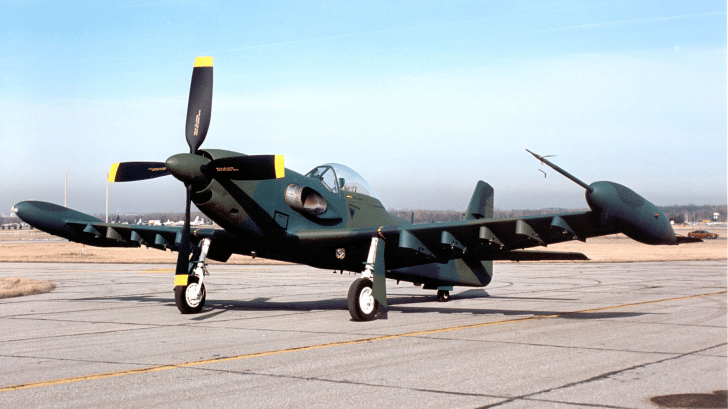The P-51 Mustang achieved legendary status during WWII, serving both air superiority and ground attack roles during the conflict. But when the war ended, so did the Mustang’s domination.
Suddenly, new jet designs were the future.
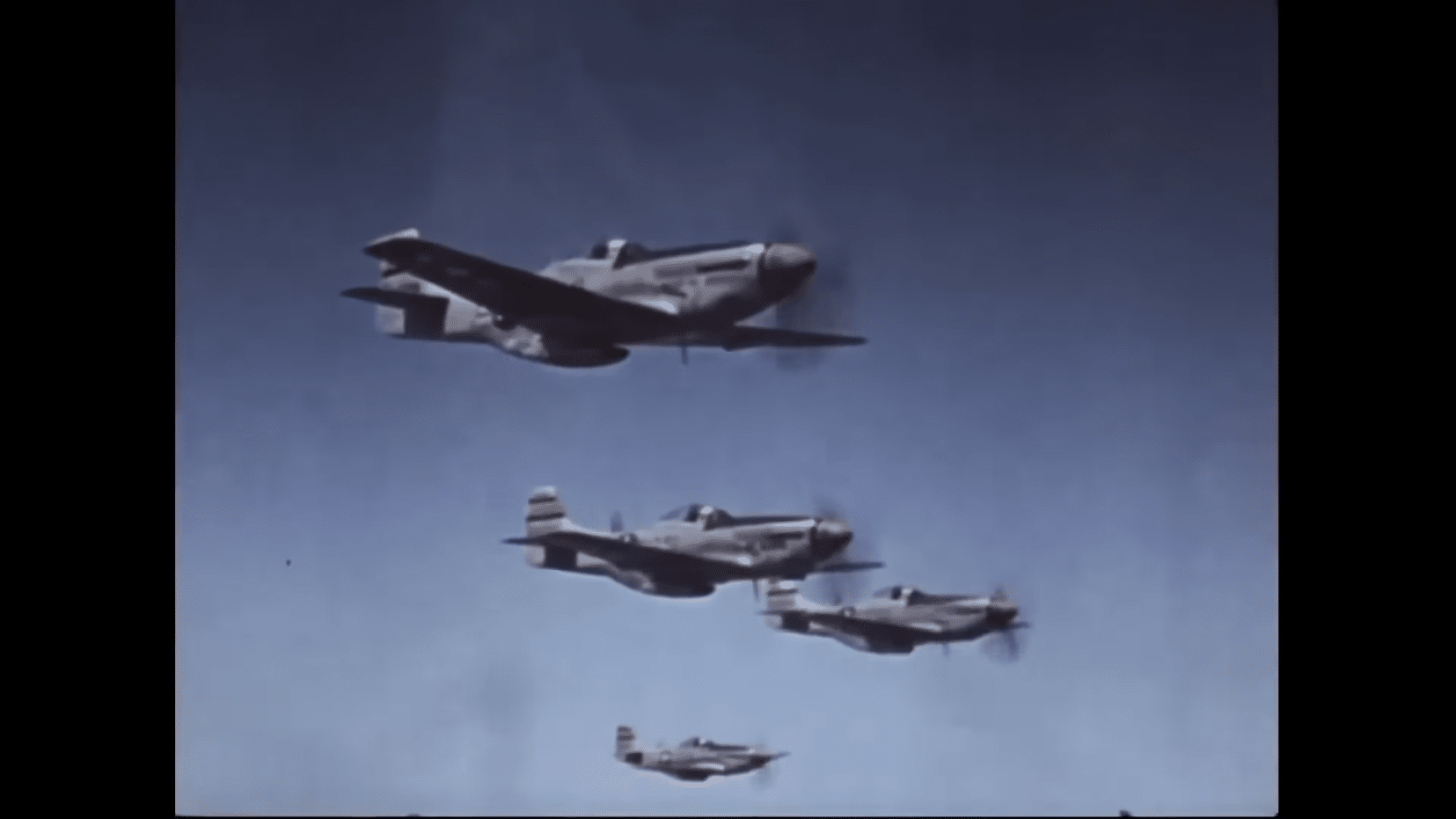
Improved Mustang
One of the so-called “Big Three” in Light Aircraft, Piper is a company that has produced thousands of planes for the US military. Piper wanted to get into the action and thought that the Mustang was an excellent opportunity.
In 1971, Cavalier closed, transferring its rights to the aircraft to Piper, who would eventually develop the Mustang to its ultimate form.
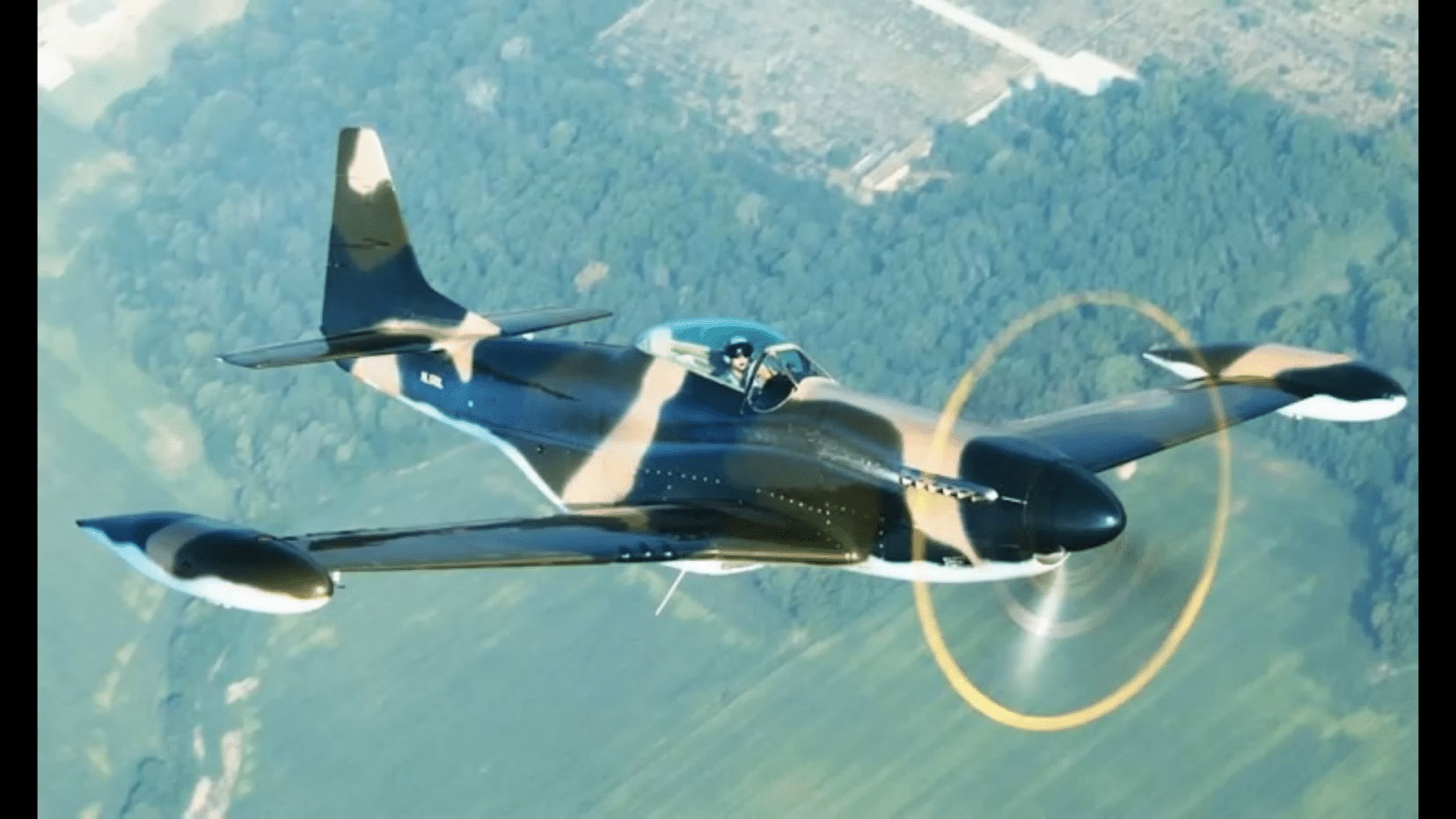
The PA-48 Enforcer
Two existing P-51s were modified heavily to build the new standard. The P-51 airframes were fitted with the Lycoming T55 turboprop engine and were soon slated for further testing.
Unfortunately, the first demonstrator was lost during testing, but the second was able to participate in an evaluation flown by USAF pilots.
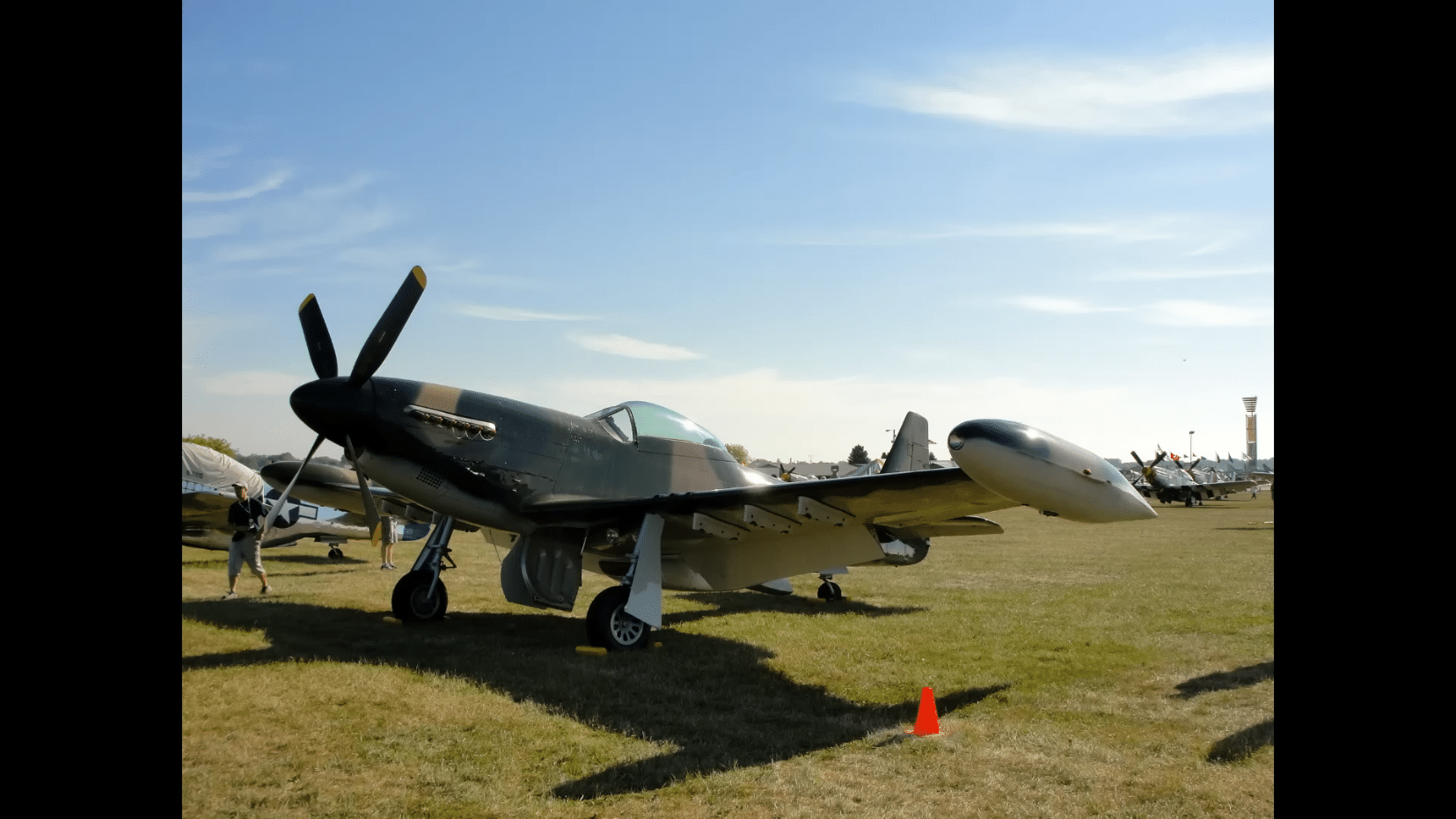
Although it seemed to have done well, the USAF didn’t seem interested as there were plenty more options in the market. Plus, the USAF was switching its ground support focus from the jungles of Vietnam to fighting the Soviets in the air.
New Specification
Eventually, the USAF issued a new specification under the AX program – its next ground support aircraft. Ideally, the aircraft should have a good low altitude, high survival ability, heavy payload, and a powerful rotary 30 mm cannon.
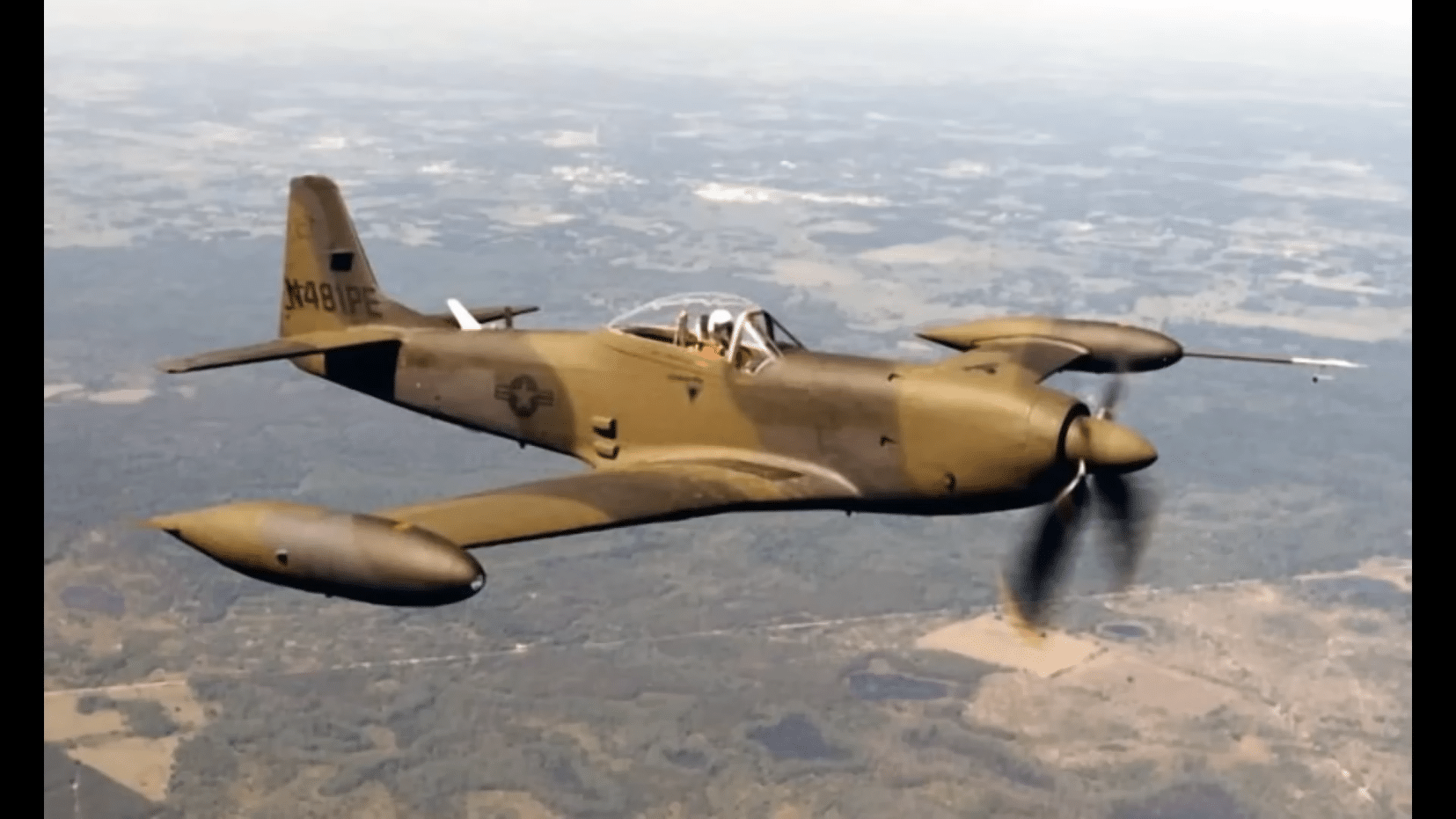
Remarkably, Piper decided that the PA-48 was ideal for this job, and they lobbied it hard. Finally, in 1979, Congress agreed to allocate 12 million dollars for the company to develop two demonstrators for testing.
Only a Familial Resemblance
These planes only have a familial resemblance to the P-51D, with only 10 parts in common between the two. It was powered by the Lycoming YT55-L-9 turboprops, which were able to give 2,445 hp.
This allowed the prototypes to achieve a top speed of 345 mph, a cruise speed of 253 mph, and a service ceiling of 66,000 ft.
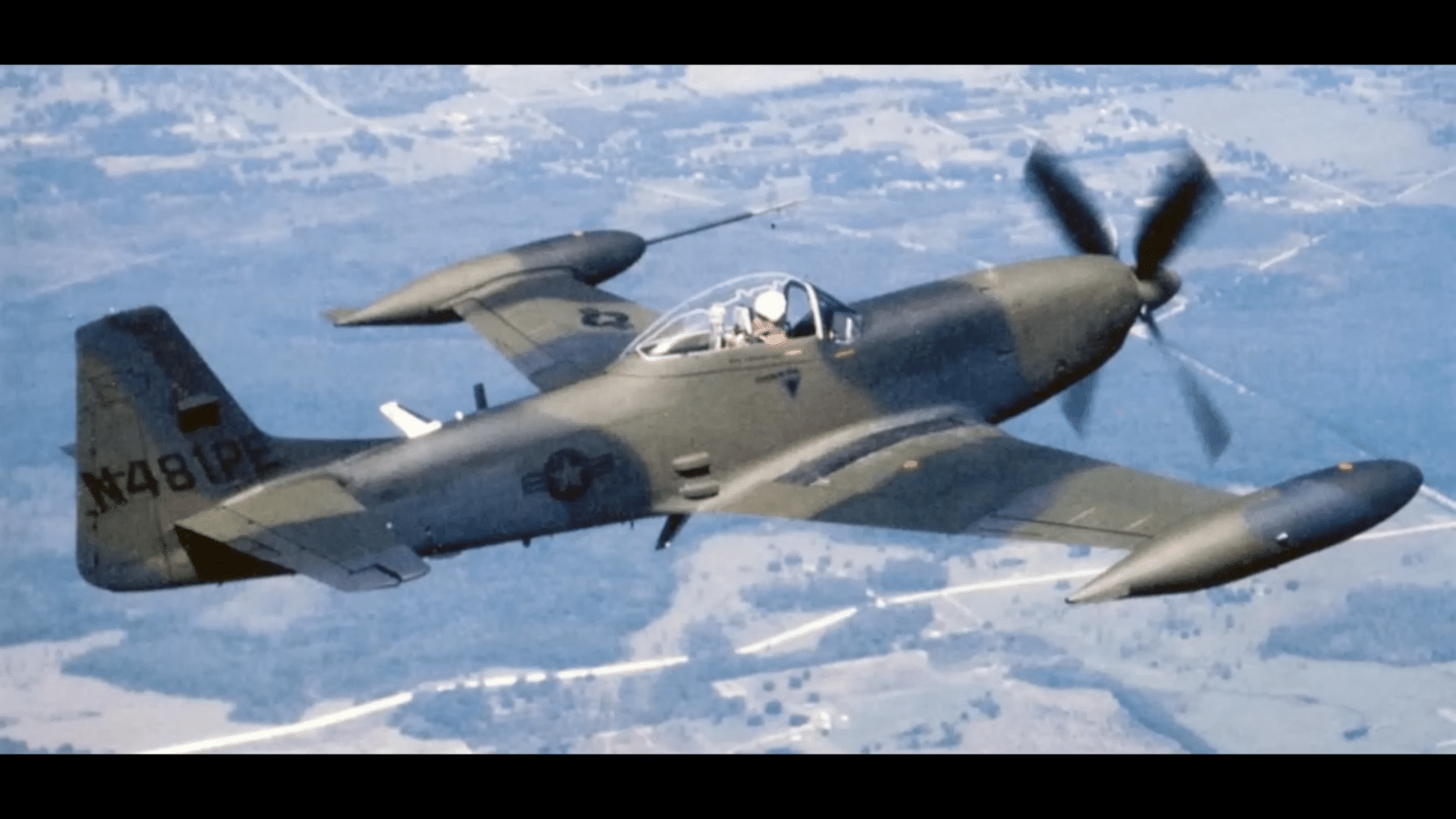
It can also carry a wide array of weapons, including gun pods that can carry formidable GAU-13/A, a 30 mm rotary cannon.
The two demonstrators were finally completed in 1983, flying trials for the USAF in 1984. This would eventually become Piper’s last throw at the dice with the PA-48.
Decline and Resurgence
Although the plane was reportedly considered a reasonable aircraft to fly by USAF test pilots, they were still deemed vastly inferior to the new support aircraft the USAF was receiving.
One may also suspect that the USAF high command was horrified at the thought that they would be going head to head with Soviet aircraft and its pilots with what was essentially – a WWII aircraft.
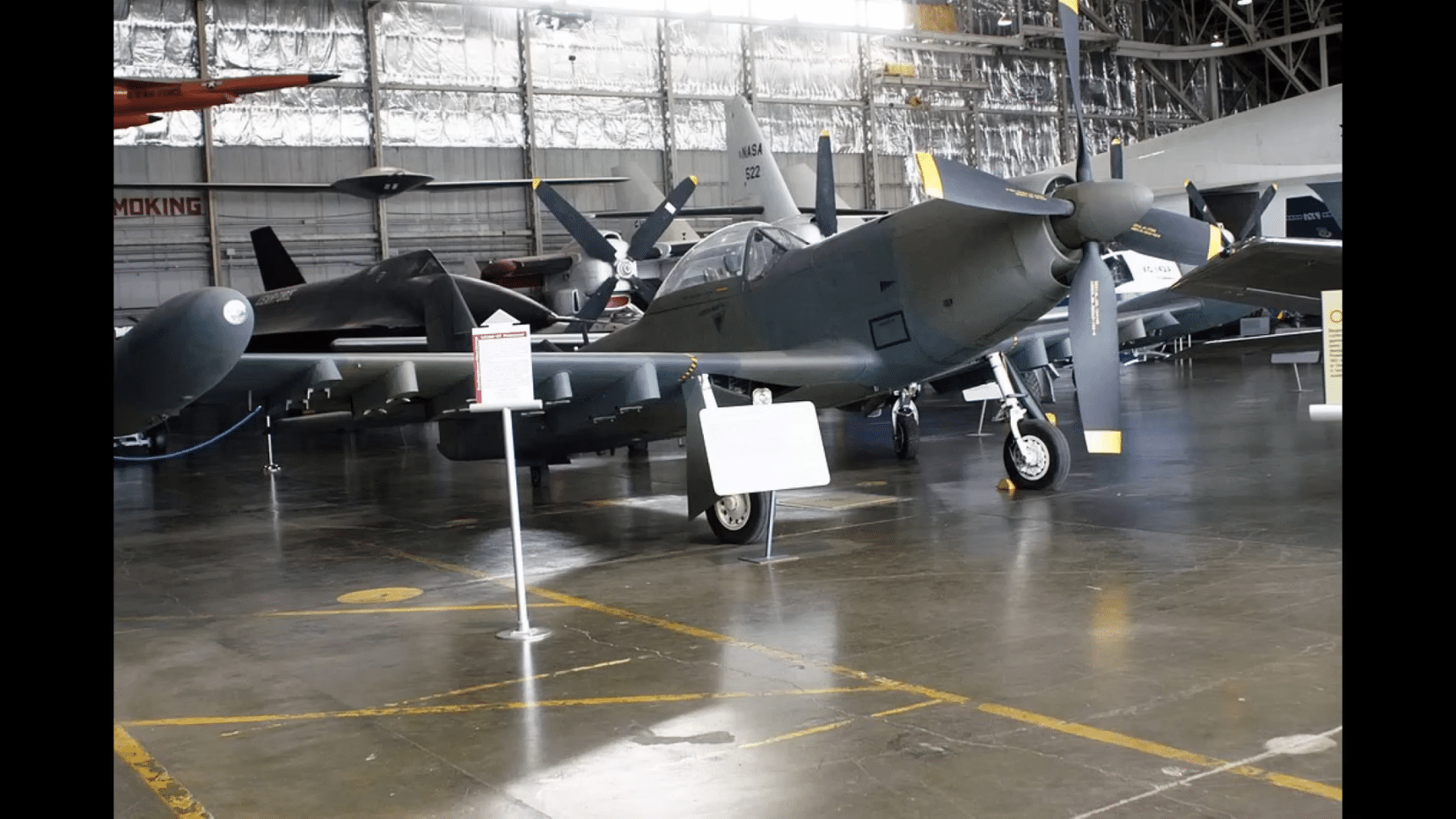
Eventually, the remaining PA-48s were relegated to museums. Of the two still existing, one can be found at Edwards Air Force Base, the other at the Pima Air and Space Museum in Arizona.


